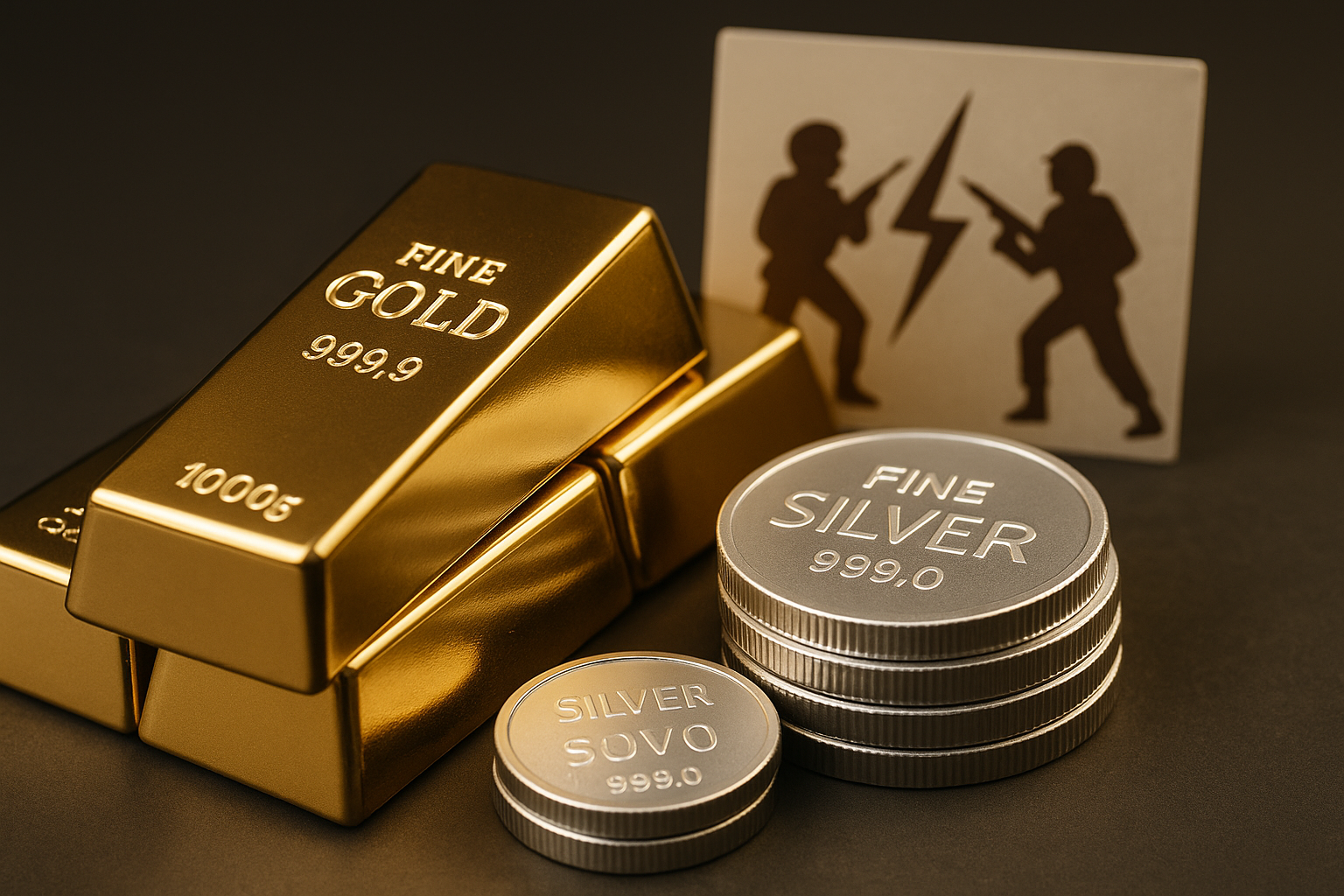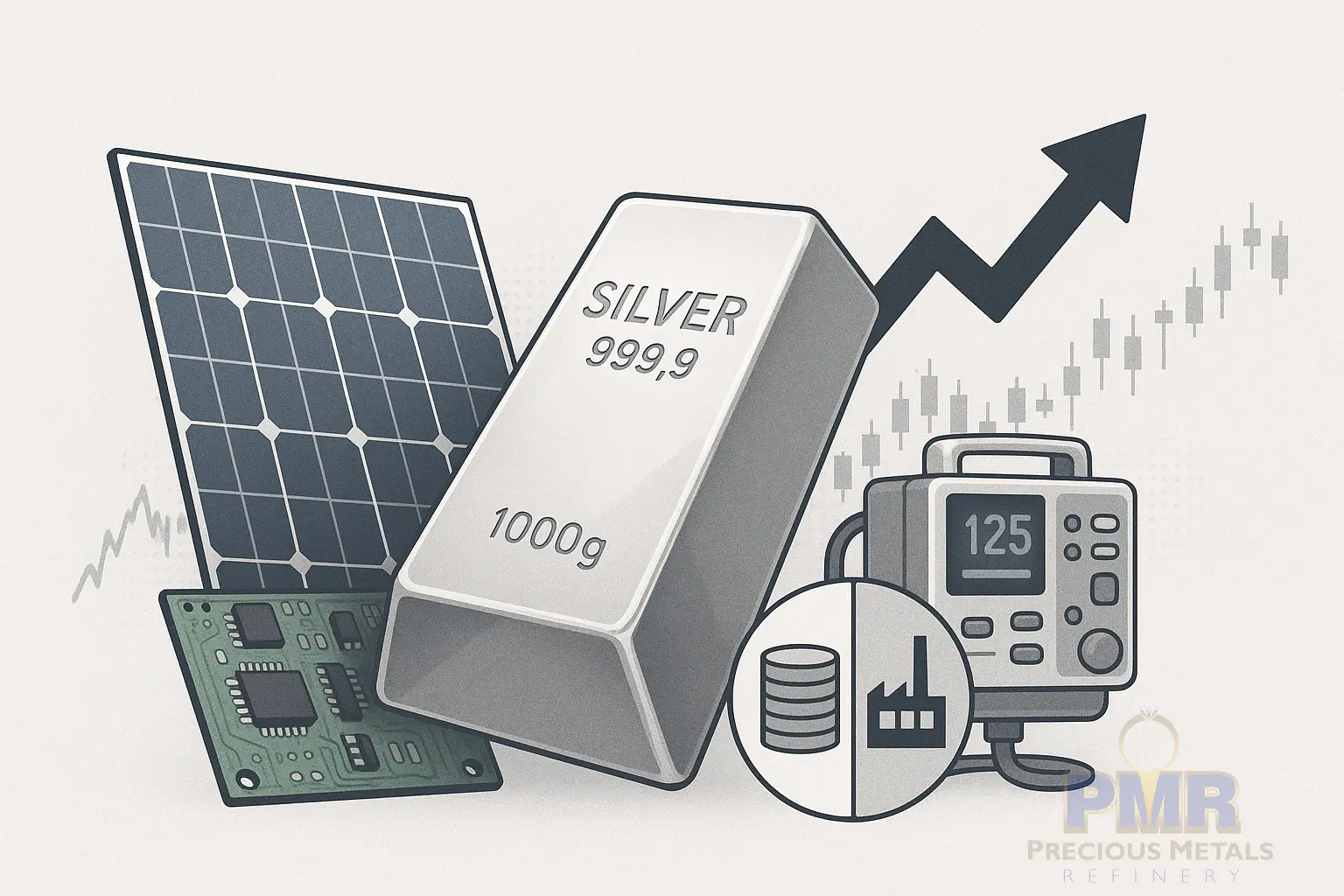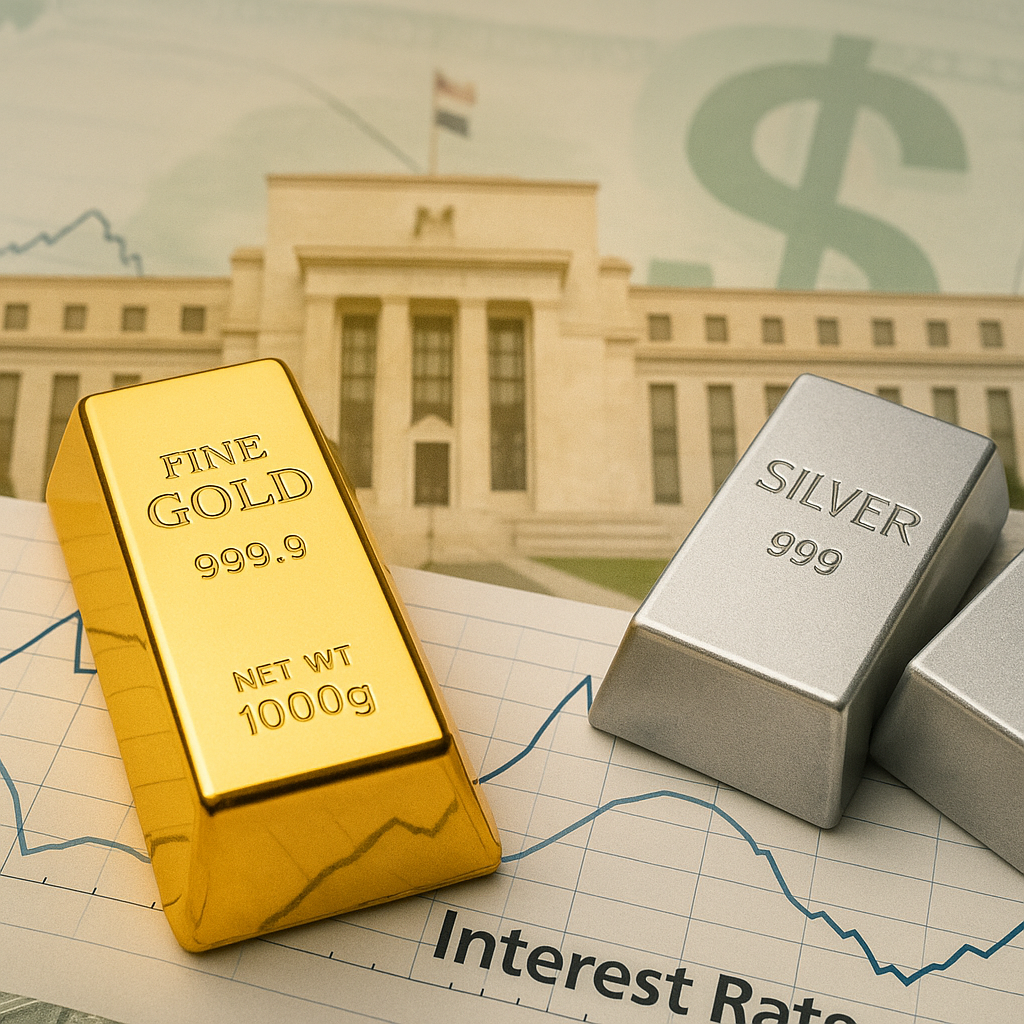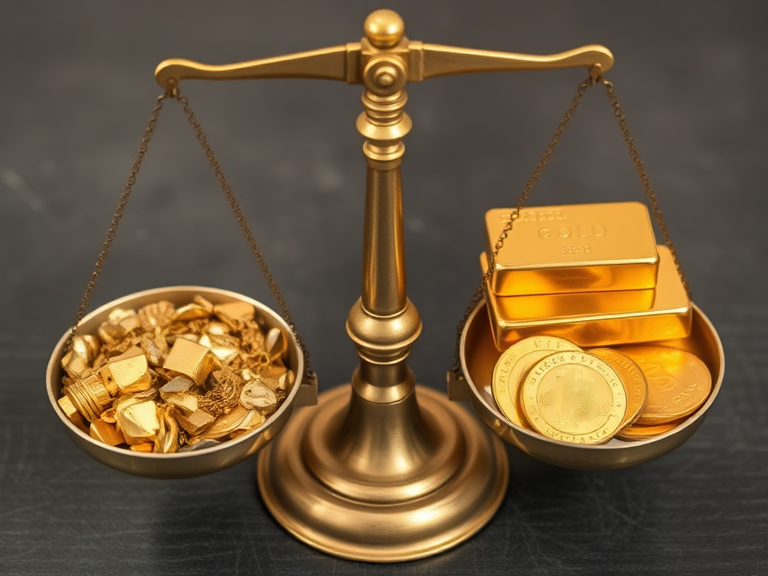Safe-Haven Demand and Geopolitical Uncertainty in Gold and Silver
Gold and silver are also referred to as safe-haven assets because they tend to attract buyers in times of crisis or doubt. This is one of the main driving forces of their price, especially in turbulent times. As the news becomes ominous, such as war, political turmoil, financial meltdown, or even a threatened recession, investors tend to seek the safety of gold first, followed by silver.
Flight to Safety
Gold has a well-earned reputation as a “crisis commodity.” When confidence in governments, currencies, or financial systems shakes, gold demand usually spikes. Investors value gold’s long history (thousands of years) as a store of value that isn’t anyone’s liability. For example, when the pandemic hit in early 2020, gold jumped about 22% in the first six months of the crisis amid a major loss of economic confidence 1. Similarly, during the 2008 financial crisis, gold prices surged while stock markets tanked. In recent news, escalating geopolitical tensions have repeatedly triggered gold rallies. A Reuters report in May 2024 described it as a “perfect storm” for gold: rate cut expectations, China’s stimulus, and geopolitical tensions all lifting demand 2. In that instance, safe-haven buying helped gold reach an all-time peak above $2,440/oz, and the momentum carried silver to its highest level in over a decade 3 4.
Examples of Geopolitical Drivers
Consider examples like wars or trade wars. At the beginning of 2022, Russia’s invasion of Ukraine jolted markets; gold quickly became popular again as a safe haven. Gold was flirting with all-time highs by March 2022, driven by fear of war and the inflationary consequences of the war. More recently, threats of trade wars and tariff increases have pushed gold. Investors fled stocks and industrial commodities to take refuge in gold when tariff fears arose, as one account of a tariff flare-up in 2025 noted 5. Gold’s price jumped in response to these safe-haven flows. Silver often piggybacks on these events. Silver isn’t the first choice safe haven, but once gold’s rally is underway, silver typically gains too.
Center Bank of Policy Uncertainty
Political uncertainty isn’t just wars; it can also be elections, government shutdowns, debt ceiling crises, etc. For instance, uncertainty around major elections or a shift in government policy sometimes leads people to gold. In late 2024, as a U.S. election approached and questions arose about future economic policy, gold found support near record levels 5. Safe-haven demand also arises from concerns like burgeoning national debt levels or potential currency devaluation. Gold’s rise in 2020-2021 was partly underpinned by concerns that massive money-printing could devalue currencies in the long run.
Silver’s Safe-Haven Role
While gold is the poser child for crisis investing, silver does share in this to a degree. Notably, silver coins and small bars experience a surge in demand when everyday people worry about financial instability, as silver is more affordable per ounce; some prefer to stockpile it for worst-case scenarios. In late 2023, as recession fears grew, sales of physical silver reportedly surged alongside gold purchases 6. However, if the crisis threatens industrial output explicitly, silver’s safe-haven spike might be partially offset. That’s why we sometimes see gold setting the pace in a crisis and silver catching up later, once the initial shock has passed.
Safe-haven demand is like an accelerant for gold and silver prices. It’s the one reason you’ll often hear the phrase “uncertainty is good for gold.” When other assets look risky, precious metals shine. This factor can sometimes outweigh all others in the short term. Even if interest rates are rising, which is usually bad for gold, a sudden banking crisis or geopolitical clash can send gold higher regardless, because fear is a powerful motivator. We saw this in April 2025, when news of steep tariffs and inflation risks hit, prompting investors to pour into gold, which pushed it up 2.6% in one day. Despite the context of high interest rates, gold was seen as a hedge against instability, driving the surge 7. Silver also jumped in those moments, although its move was, as usual, a bit more volatile and not quite to new records 8.
The role of safe-haven demand in shaping gold and silver prices is hard to overstate. Whether it’s a sudden geopolitical shock, economic uncertainty, or a shift in policy, these metals often become a focal point for investors seeking stability. If you’ve enjoyed this breakdown, explore the rest of our blog series for a deeper look at the many forces influencing precious metal prices. If you’re considering selling gold or silver, our team is here to assist you. Visit one of our locations to get started.






